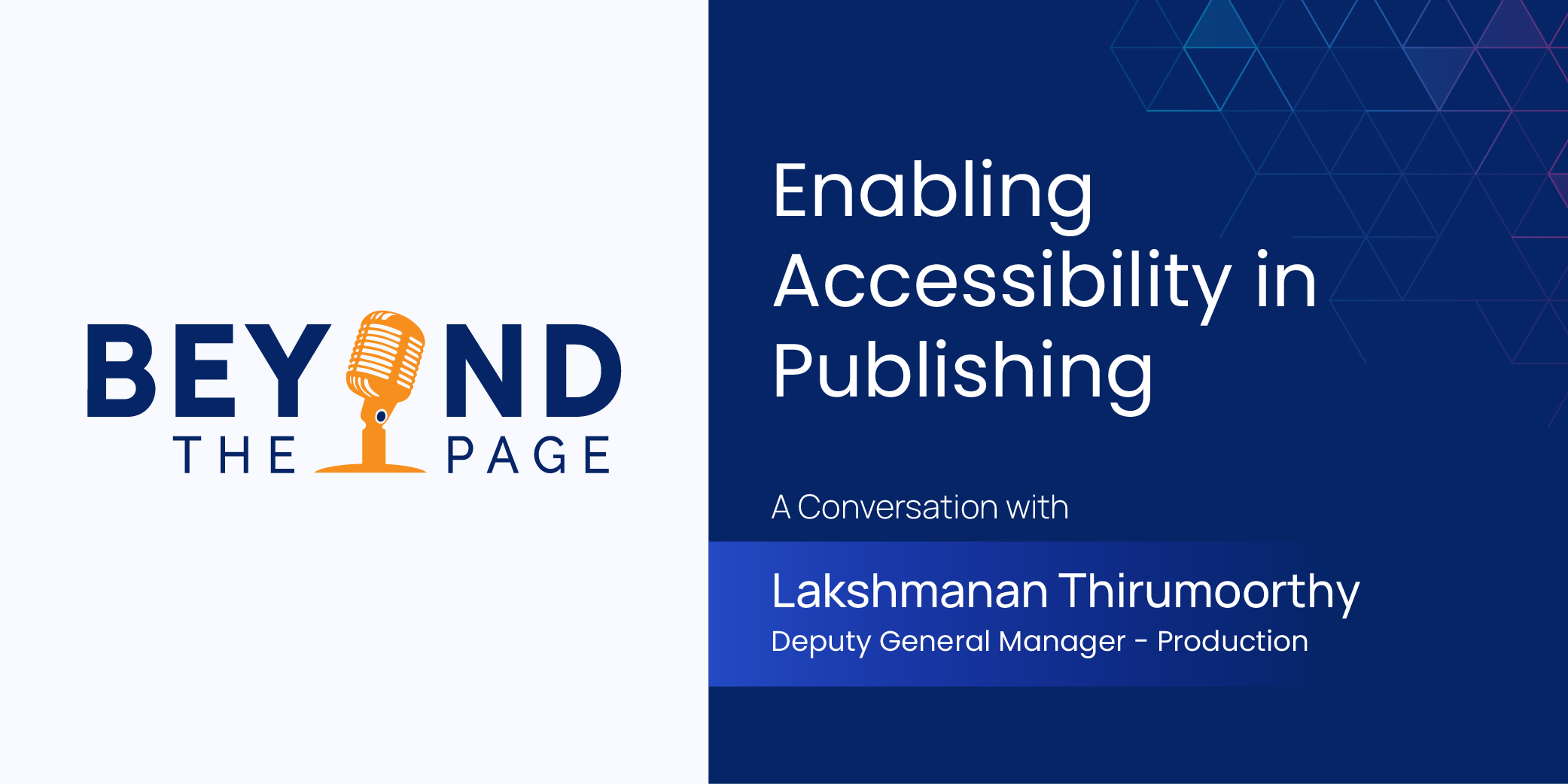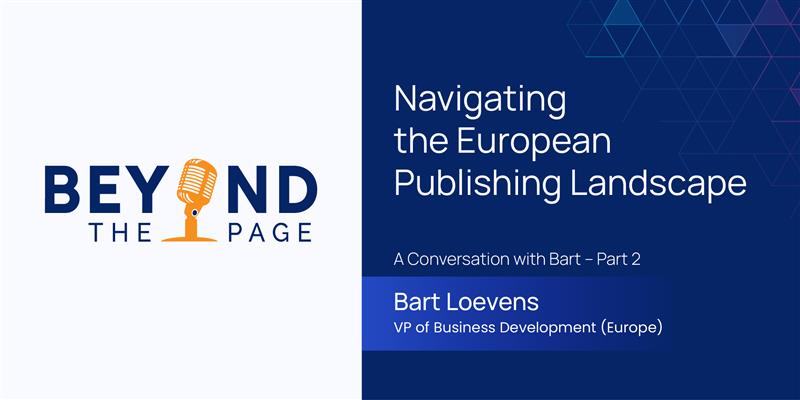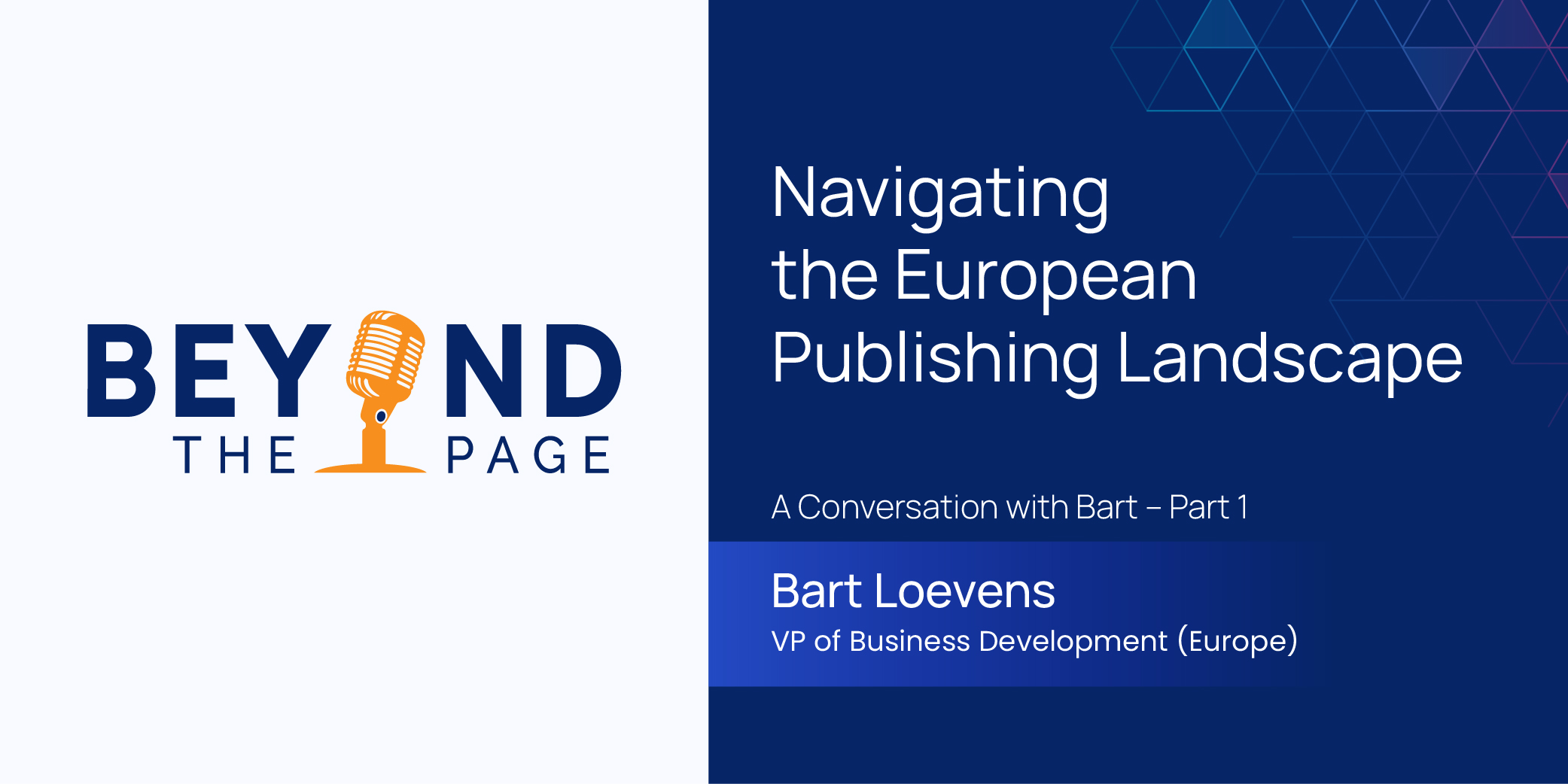
Research Integrity in Academic Publishing
Research integrity ensures the credibility and reliability of academic findings. Peer review is the cornerstone of this integrity, ensuring that findings are credible and reliable. By scrutinizing manuscripts before publication, peer review maintains the quality and trustworthiness of scientific literature.
Recently, AI has been introduced as a tool to enhance the peer review process. AI can help detect patterns and anomalies that indicate fraud, supporting human reviewers. However, peer review remains the critical element in maintaining research integrity, with AI serving as a supplementary aid.
This article examines the pivotal role of peer review, challenges it faces, and how AI can assist in upholding academic standards.
The Current State of Research Integrity
Research integrity refers to the adherence to ethical principles and professional standards essential for responsible research reporting. It encompasses honesty, accuracy, efficiency, and objectivity in conducting and reporting research.
Upholding research integrity is crucial as it ensures that scientific findings are trustworthy, reproducible, and valuable to the broader scientific community and society at large.
Common Threats to Research Integrity
Several threats jeopardize the integrity of academic research:
| Integrity Issue | Description |
| Plagiarism | The unethical practice of using someone else’s work without proper attribution, undermining the originality of scientific contributions. |
| Data Fabrication and Falsification | Manipulating research data to achieve desired outcomes, leading to false or misleading scientific conclusions. |
| Conflicts of Interest | Personal or financial interests that might influence research outcomes, compromising the objectivity and impartiality of scientific investigations. |
Problems with Paper Mills
Paper mills have become a pervasive issue in academic publishing. These entities produce fraudulent research papers, often for financial gain or to help researchers meet publication requirements. They exploit the pressure on academics to publish frequently, churning out manuscripts that are difficult to distinguish from legitimate research.
This systematic manipulation undermines the peer review process, allowing fraudulent work to enter the scientific record.
Impact of Unethical Practices in Academic Publishing
| Impact Area | Impact Area Consequences |
| Trust in Literature | Diminishes the trustworthiness of scientific publications. |
| Resource Drain | It consumes significant time and effort from reviewers and editors, and is also a great misuse of research funding. |
| Misleading Science | Misguides future research that builds on these fraudulent findings. |
| Confidence Crisis | Leads to retractions and undermines confidence in the peer review process, affecting thousands of papers. |
In response to these threats, the academic community and publishers have been seeking robust strategies to detect and prevent the submission of fraudulent papers. Collaborative efforts and advanced technologies, including AI, are being leveraged to combat these unethical practices and preserve the integrity of scientific research.
Traditional Peer Review: Strengths and Limitations
Peer review is a critical step in the academic publishing process designed to ensure the quality and validity of research before publication. Typically, the process involves the following steps:
- Submission: Authors submit their manuscript to a journal.
- Initial Screening: The journal editor conducts a preliminary review for basic compliance with submission guidelines and the journal’s scope.
- Peer Review: The manuscript is sent to several experts in the field (peers) who evaluate the research’s validity, significance, and originality. This can involve single-blind, double-blind, or open review processes.
- Reviewer Feedback: Reviewers provide detailed feedback recommending acceptance, revisions, or rejection.
- Revision: Authors make the necessary revisions and resubmit the manuscript.
- Final Decision: The editor makes the final decision based on the reviewers’ recommendations and the quality of revisions.
This rigorous process aims to uphold the integrity and quality of academic research.
Strengths of Peer Review in Ensuring Research Quality
Peer review has several strengths that make it a cornerstone of academic publishing:
- Quality Control: Ensures that only high-quality research is published, as experts scrutinize the methodologies, data, and conclusions.
- Credibility: Peer-reviewed articles are generally considered more credible and reliable.
- Feedback for Improvement: Authors receive constructive feedback that can improve the quality of their research and writing.
- Detection of Errors: Helps identify errors, inconsistencies, and methodological flaws that authors might have overlooked.
Limitations and Challenges
Despite its strengths, traditional peer review also faces significant limitations and challenges:
| Challenge | Description |
| High Submission Volume | The volume of submissions has skyrocketed, putting immense pressure on the peer review system. |
| Long Review Cycle | The high influx of manuscripts can overwhelm editors and reviewers, leading to longer review times. |
| Limited Reviewer Pool | There is often a shortage of qualified reviewers, leading to overburdening of the available experts and potentially lower quality reviews. |
| Reviewer Bias | Reviewers may have biases, conscious or unconscious, that affect their judgments. This can include favoritism, competition, or conflicts of interest. |
| Peer Review Ring | In some cases, authors and reviewers can collude to manipulate the peer review process, making detection difficult. |
| Predatory Journals | Some journals exploit the peer review process by claiming to conduct reviews but actually publish papers with minimal or no genuine review. |
The Emergence of AI in Academic Publishing
Artificial intelligence (AI) has rapidly integrated into various aspects of academic publishing, offering tools to enhance efficiency and integrity. Key AI technologies include:
- Natural Language Processing (NLP): Analyzing text to detect patterns indicative of plagiarism or fabricated data.
- Machine Learning Algorithms: Identifying anomalies in research data and detecting fraudulent submissions.
- Automated Manuscript Screening: Pre-screening manuscripts for quality checks before they reach human reviewers.
These technologies are designed to support the peer review process, reduce workload, and improve the overall quality of published research.
AI as a Threat: Generating Fake Research Papers
Sophisticated AI tools can generate fake research papers that are difficult to distinguish from genuine research. These AI-generated manuscripts often contain fabricated data and misleading conclusions. Paper mills are quick to embrace AI to create a high volume of fraudulent submissions.
AI as a Solution: Tools That Enhance Integrity
Conversely, AI offers powerful solutions to combat these issues. Advanced AI tools are now employed to detect fraudulent papers and maintain research integrity:
- Fraud Detection: AI algorithms analyze the text, figures, and data within manuscripts to identify inconsistencies and potential fabrication. Tools like Clear Skies exemplify this application.
- Plagiarism Detection: AI-driven tools like Turnitin and iThenticate scan submissions for plagiarized content, comparing manuscripts against extensive databases of published works.
- Reviewer Matching: AI assists in identifying and matching suitable reviewers based on their expertise, improving the quality and relevance of peer reviews.
- Automated Quality Checks: AI-powered tools like AuthorPilot pre-screen manuscripts to ensure they meet basic quality and ethical standards before they proceed to human reviewers.
Impact on Publication Quality and Speed
The integration of AI in academic publishing has had a significant impact on both the quality and speed of the publication process:
- Quality: AI tools help ensure that manuscripts meet high ethical and quality standards before they are published. This advantage reduces the incidence of fraudulent or low-quality research entering the scientific record.
- Speed: Automated screening and reviewer matching processes have expedited the peer review process. This allows for faster publication of research without compromising on the thoroughness of reviews.
Research Integrity in the Age of AI
AI is poised to play an increasingly vital role in the future of academic publishing. Here are some areas where AI will continue to support the peer review process:
| Future AI Capability | Description |
| Advanced Fraud Detection | Sophisticated AI algorithms will detect subtle manipulations like nuanced data fabrication and complex plagiarism. |
| Real-Time Data Analysis | AI tools will offer real-time analysis of manuscripts, providing immediate feedback on issues like plagiarism and data anomalies. |
| Integration with Blockchain | Combining AI with blockchain will secure and transparently track the provenance of research data, maintaining integrity throughout the publication process. |
| Collaborative AI Systems | AI systems involving authors, reviewers, and publishers will enhance transparency and efficiency, ensuring research integrity through seamless communication and feedback. |
Future of Peer Review: AI-Enabled Human Oversight
The integration of AI in the peer review process promises remarkable improvements in detecting fraud and enhancing efficiency. However, these advancements also bring challenges that necessitate strong ethical oversight and human judgment.
To address these challenges, several key factors must be considered:
- Human Judgment: Human reviewers provide nuanced evaluations and ethical considerations that AI cannot fully replicate. AI should support, not replace, human judgment.
- Training and Awareness: Continuous training programs for researchers and reviewers are essential to ensure effective and ethical use of AI. Understanding AI’s limitations and the importance of human oversight is crucial.
- Ethical Frameworks: Clear ethical frameworks must be established for AI use in publishing. These should address data privacy, transparency, and accountability to ensure responsible implementation.
The future of research integrity in the age of AI will depend on our ability to harness these technologies responsibly. By combining the strengths of AI with the expertise of human reviewers, we can create a more robust and trustworthy academic publishing system.
News & Insights

Enabling Accessibility in Scholarly Publishing – A Conversation with Lakshmanan Thirumoorthy

Navigating the European Publishing Landscape – A Conversation with Bart – Part 2

